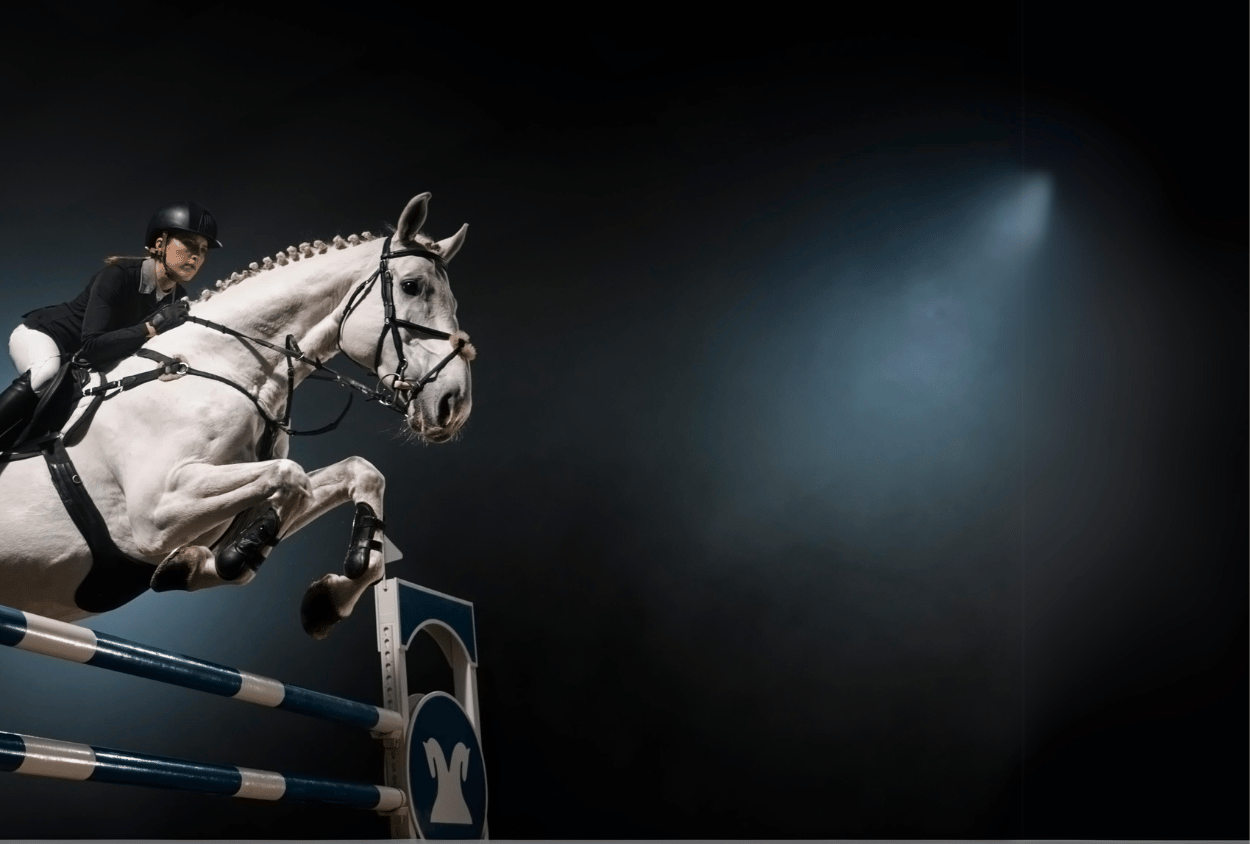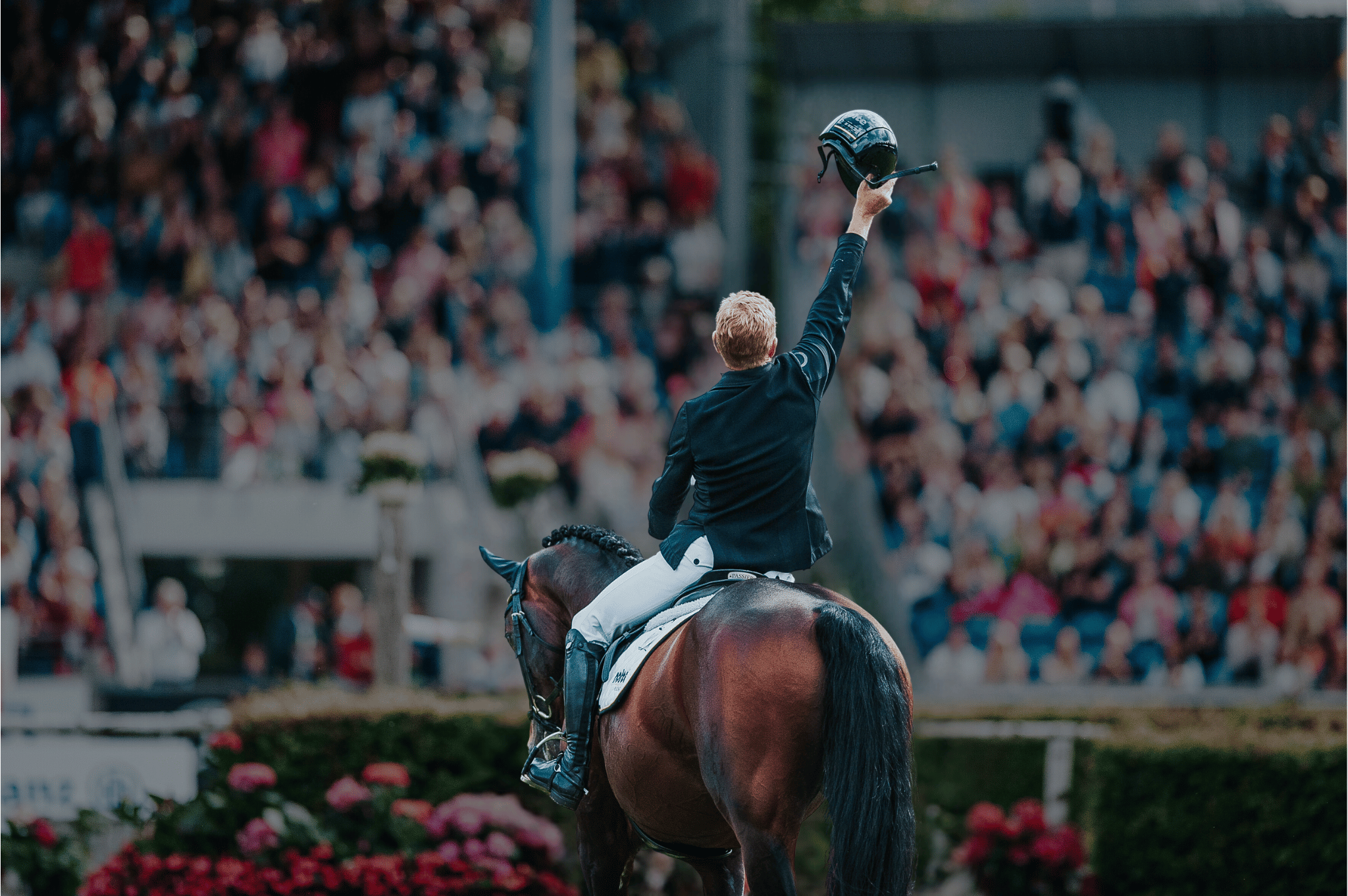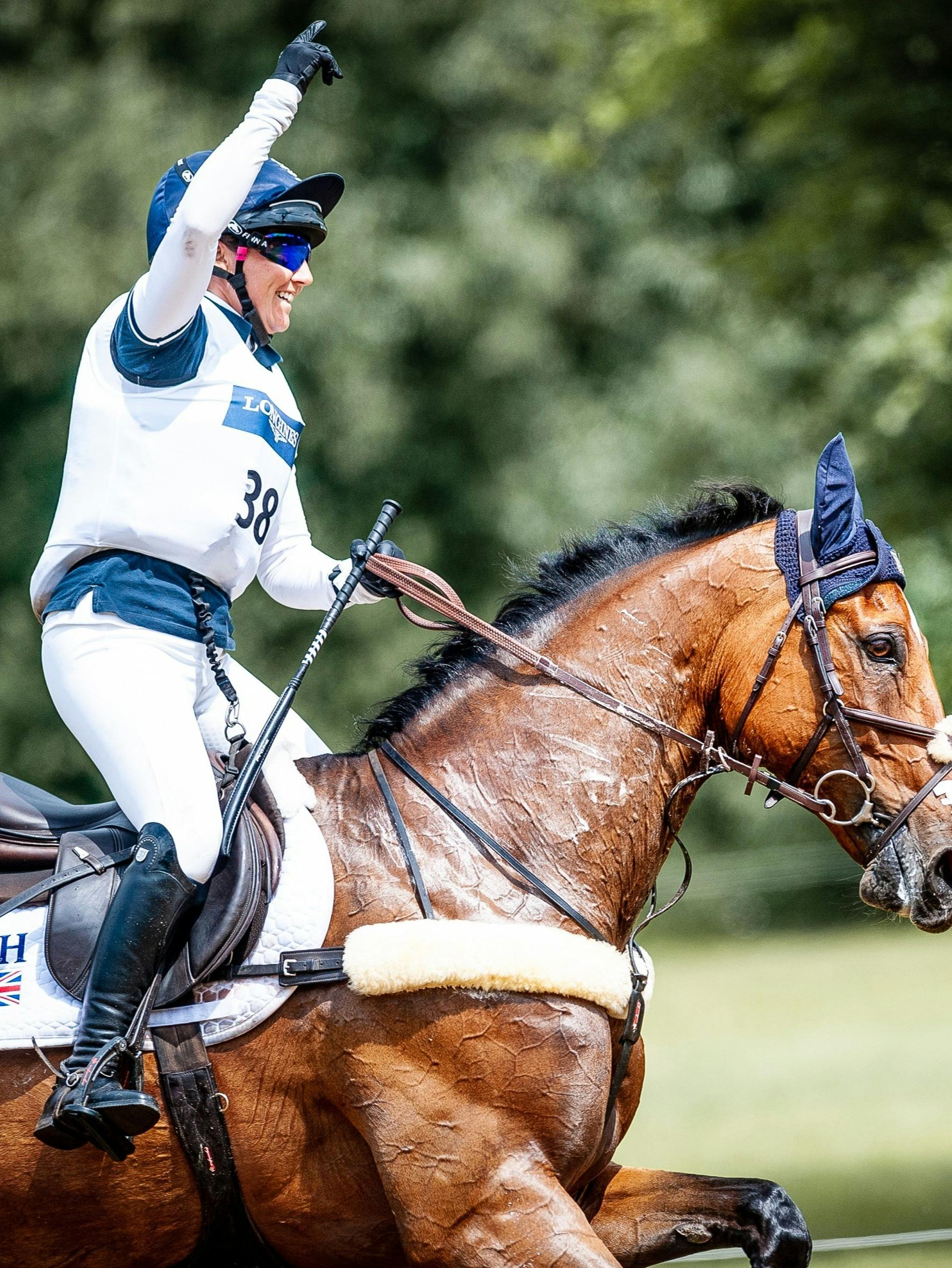
Make better decisions. Tell better stories.
We provide data-driven reporting, ratings, predictive analysis, design and communications services for equestrian sports. We help the world’s top equestrian federations, teams, shows and brands access and connect with their sport.
Trusted by:
With expertise in data analysis and storytelling, together with excellent support, level of commitment and attention to detail, EquiRatings significantly contributed to the success of the Gothenburg Horse Show, and helped us maintain our reputation as a global sporting event. We are proud to have collaborated with a company that not only shares our commitment to innovation and excellence, but also our passion for the equestrian sport.









